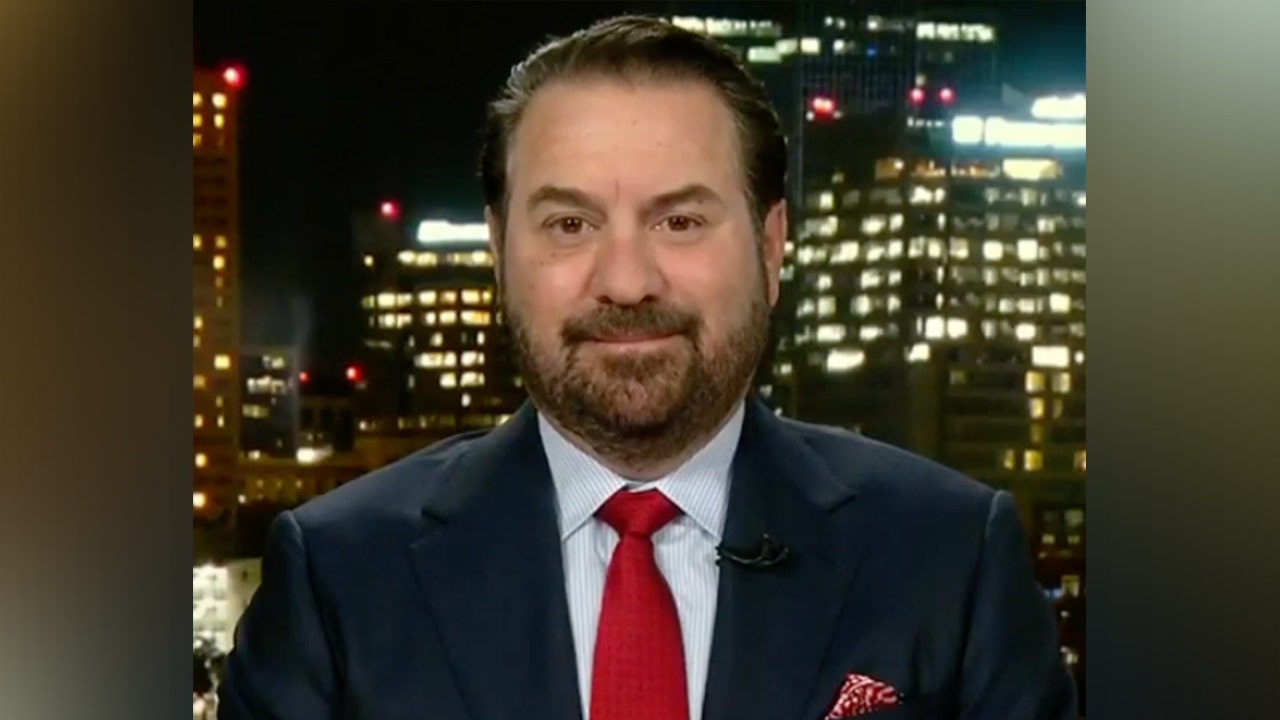My client was convicted of murder and sentenced to death. We argued his mental illness warranted a reprieve. But he became the first prisoner executed by firing squad in 15 years. I witnessed it.
Bo King
| Opinion contributor
Firing squad executes Brad Keith Sigmon in South Carolina
A firing squad in South Carolina executed Brad Keith Sigmon for the beating deaths of his ex-girlfriend’s parents in 2001.
Just after 6 p.m. on March 7, the curtain hiding South Carolina’s execution chamber jerks open. From my front-row seat, the room reveals itself in phases. First, two wardens. Next, the lethal injection gurney and ancient electric chair. Finally, its newest method of execution: a slanted chair in the far corner, facing a short black curtain in the right wall. The man tied to the chair is my client, Brad Sigmon.
The cruelest aspect of executions is the restraints. I saw three men in Georgia tied down with arms outstretched and feet together, crucifixion-style. Brad is strapped across his ankles, lap and waist. His right arm has been wrenched straight back and tied to the chair. A white square with a red “bullseye” is attached to his chest, where it rises and falls with his breathing.
Brad is wearing a new black T-shirt and sweatpants. At our final visit that afternoon. Brad, who is 67, said they were the most comfortable clothes he’d worn in 23 years on death row. “And it’s true what they say,” he laughed. “Black is slimming.” The purpose of the color occurred to me later: to hide his blood.
Brad looked scared until he saw me and his spiritual advisor, who sits on my left. Now he smiles. He tries to face us, which is difficult because of the last restraint: a light-colored strap, like an Ace bandage, that secures his chin and jaw to the chair. He keeps mouthing words until we understand him. “I’m okay. I love you. I’m okay.”
Sick with rage
Focused on Brad, I miss the wardens’ cue. I have to read Brad’s last words. I stand and cross to a microphone mounted on the wall. “I want my closing statement to be one of love and a calling to my fellow Christians to help us end the death penalty,” I begin. Brad wrote this knowing it would be spoken only if his death was certain. He pleads now for his 28 friends still on death row. I recite the scriptures Brad selected and his closing prayer: “We are now under God’s grace and mercy.”
When I sit back down, Brad is still smiling. I am sick with rage. South Carolina is my home. Before last fall, we’d had no executions for 13 years. Brad will be the fourth man killed in less than six months. The three before lingered on the gurney for 20 minutes. Brad was sentenced to death for the 2001 beating deaths of his ex-girlfriend’s parents, David and Gladys Larke. Brad always acknowledged that he did it. We argued, unsuccessfully, that he deserved a reprieve because of his severe mental illness. To avoid the electric chair, Brad had to choose between lethal injection and the firing squad, which no state has used since 2010.
I know because I am chief of the Capital Habeas Unit for the appellate jurisdiction of the Fourth Circuit, which includes South Carolina. I previously worked at the capital habeas unit in Georgia.
I agreed to witness so that Brad would not be alone. But I cannot believe what we are about to see.
I make myself smile. I hold Brad’s eyes, my hand over my heart, until someone – I do not see who – pulls a black hood over his head. Ours are the last faces he sees.
Opinion ‘Oh thank you, God’: Texas lawmakers halting Melissa Lucio’s execution was the right call
The execution
When I entered the witness room, I was given a plastic sauce cup that held two orange earplugs. As the black curtain opposite Brad rises – exposing three square ports – I jam them in my ears.
I peer inside the ports. I cannot see even the tips of the rifles. I look back to Brad. His breathing has slowed. He is trying to still himself. The wait is agony. I do not want this to happen. But I do not want Brad enduring endless seconds in darkness and fear.
A wound opens on his chest before the sound reaches us. The target is gone. Maybe the bullets vaporized it. Maybe they pushed it into the fist-sized hole streaming blood over Brad’s stomach and into his lap. Blood flows from Brad’s dying heart steadily, with occasional spills. Like someone tipped a glass behind his broken ribs, sloshing onto his black shirt, which conceals red very well.
When the sound arrives, it is a chorus of explosions. Each of the three bullets makes its own noise, with its own echo, and cuts through the foam to ring in my ears. For a second, they stop my heart.
Brad’s body shudders. His arm launches forward, pulling on the restraints with all of his strength. For a second, I think he will break free and press his hands over the hole, holding and pushing himself back together. He heaves twice, his stomach rising. The blood still flows as his arm, trembling with the strain, starts to slacken and twitch.
I have shifted forward in my seat, preparing to jump to my feet. Today, I memorized telephone numbers for the first time in decades; I could use the prison’s phone if anything went wrong. Watching Brad’s struggling arm, I know that everything has gone wrong. But no call can fix it.
Opinion: I witnessed Alabama execute a man using nitrogen gas. It was horrific and cruel.
A man enters the chamber with a stethoscope. I stare at the hole’s tattered edges and the glistening, saturated front of Brad’s shirt. His chest still moves as the doctor nears.
The doctor leans in, the stethoscope poised. Then he straightens and steps back. He stands at ease but ready, a posture I recognize. He has to wait. But not for long. After a moment, when Brad seems still, he leans in again, darting the stethoscope from place to place. When he steps back again, he turns away and nods. The wardens return. The curtain races back across the window, hiding Brad’s slumped and stained body. A voice tells us to leave. I am supposed to stand. I don’t remember how.
Bo King is chief of the Capital Habeas Unit for the Fourth Circuit, which is part of the Federal Public Defender’s Office for the Western District of North Carolina.




























